“How long does mortar take to dry?” Understanding mortar drying times is crucial for every successful construction or renovation project. Getting it wrong can lead to delays, weak bonds, cracks, or even complete failure.
At Mikazone, we specialize in producing high-quality additives, like Calcium Formate, Hydroxypropyl Methylcellulose (HPMC), and Redispersible Polymer Powder (RDP) – key ingredients that help you achieve optimal mortar performance, including managing how long your mortar takes to dry.
How Long Does it Take for Mortar to Dry?
When people ask “how long does mortar take to dry?”, they often mean when it’s safe to walk on, grout over, or apply the next layer. For standard mixes under ideal conditions (around 20°C / 68°F and 50-70% humidity), the surface might feel dry to the touch in 24-48 hours. However, achieving sufficient strength takes much longer. How long mortar truly takes to dry and gain strength depends heavily on several factors.
Mortar vs. Grout: Understanding the Difference
- Mortar: Mortar is the “glue” or bedding material. Its primary job is to bond building units (like bricks, stones, tiles) together or to a substrate. It needs to be strong and have good adhesion. Mortar typically contains cement, lime, sand, and water, and often additives like ours.
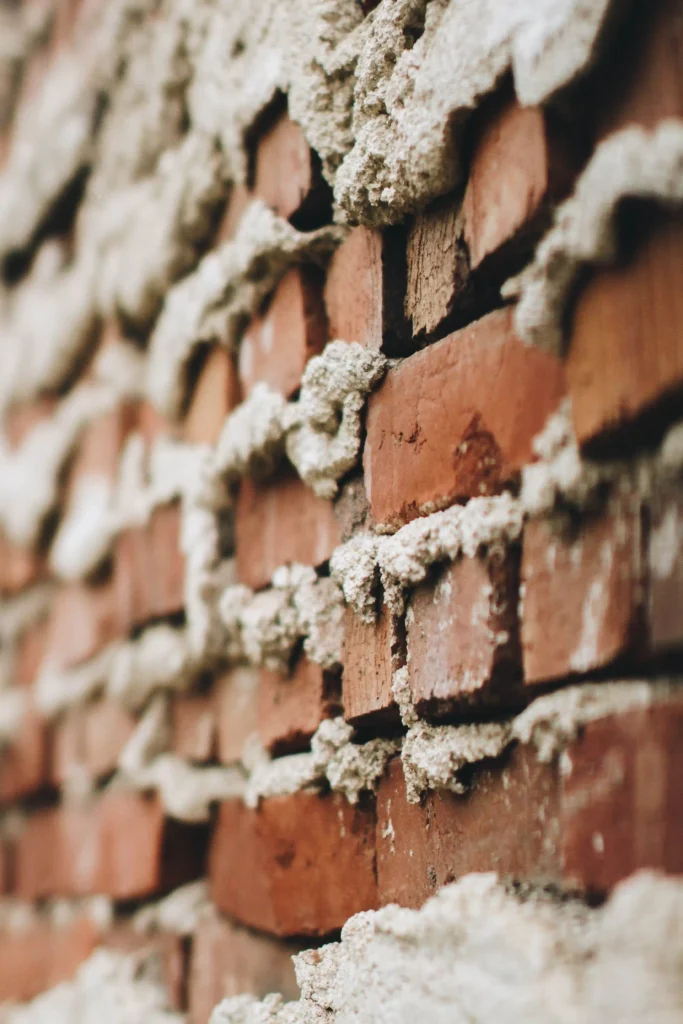
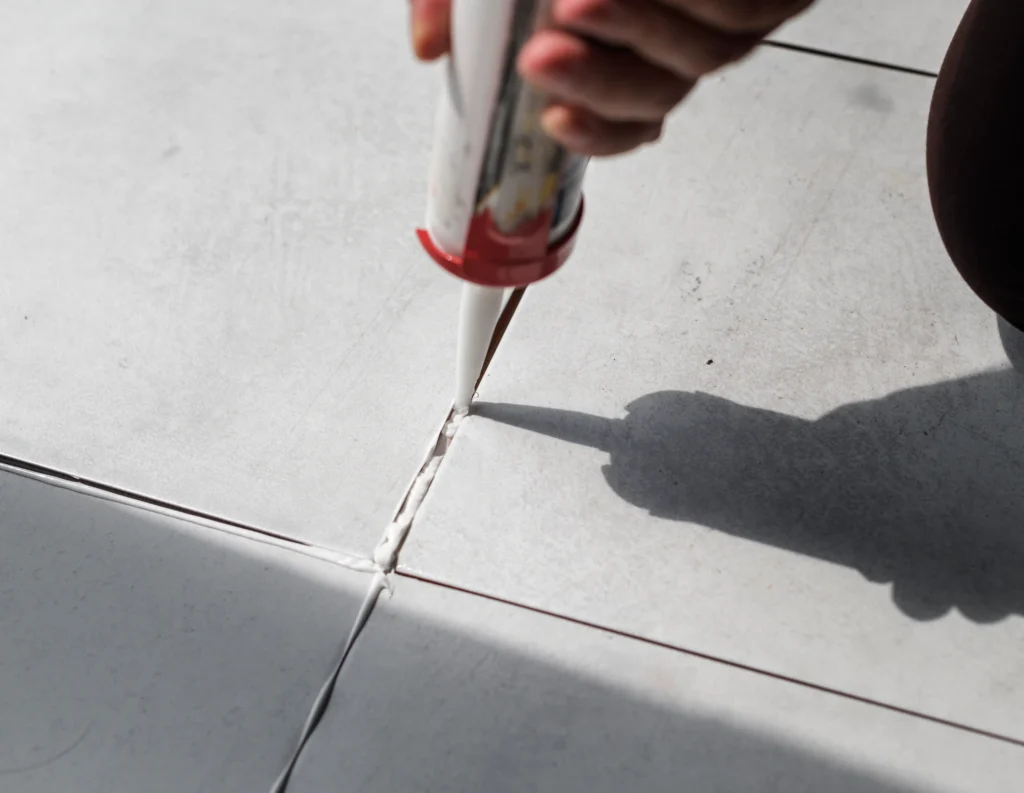
- Grout: Grout is the filler. Its main job is to fill the gaps (joints) between tiles, stones, or bricks after they are set in mortar. It is usually a mix of cement, sand (sometimes very fine), water, and often colorants. It needs to be fluid enough to flow into joints but strong when set. How long mortar takes to dry affects when you can safely apply grout.
Types of Mortar: Knowing Your Mix
Not all mortars are the same! The type you use significantly impacts how long mortar takes to dry and cure. The main categories are:
- 1. Thinset Mortar: A modern adhesive mortar, usually cement-based and modified with polymers (like RDP). It’s designed for bonding tiles, stone veneers, or manufactured stone directly to a solid substrate (like concrete, cement board, or properly prepared walls/floors). It’s applied in a relatively thin layer. Additives like HPMC are crucial for their workability and water retention.
- 2. Brick Mortar (Masonry Mortar): Used for laying bricks, concrete blocks, and natural stone in walls and structures. These mortars are often classified by strength and composition:
| Mortar Type | Strength | Common Uses | Drying Time (Surface) |
|---|---|---|---|
| Type M | Highest | Below-grade, foundations, retaining walls | ~24-48 hours |
| Type S | High | Below-grade, load-bearing walls, manholes | ~24-48 hours |
| Type N | Medium | General above-grade use, exterior & interior | ~24-48 hours |
| Type O | Low | Interior non-load-bearing walls, repointing | >48 hours (Slower drying) |
| Type K | Very Low | Historic restoration (soft masonry) | Very Slow (Days+) |
Critical Factors Influencing Mortar Drying and Curing Time
Many things affect how long mortar takes to dry and cure properly:
- Mortar Type: Thin-set, brick mortar, lime mortar – all have different base formulations and setting times.
- Temperature: Warm temperatures speed up initial drying and setting but can lead to rapid moisture loss, requiring careful curing. Cold temperatures drastically slow down chemical reactions.
- Humidity: High humidity slows down evaporation, extending drying times. Very low humidity can cause rapid surface drying, potentially leading to cracking.
- Airflow: Good ventilation aids drying, but excessive wind can cause too-rapid surface drying.
- Substrate Absorption: Porous materials like brick or concrete block suck water out of the mortar, speeding initial setting but potentially weakening the bond if excessive.
- Mortar Thickness: Thicker applications take significantly longer to dry and cure throughout.
- Additives: This is where our expertise comes in! Specific additives can significantly influence how long it takes for mortar to dry and gain strength.
Improving Mortar Drying Time with Additives
Using the right additives can help manage how long mortar takes to dry and set, improving efficiency without sacrificing quality.
Setting Accelerators
- Calcium Formate: A highly effective, chloride-free accelerator. Adding Calcium Formate significantly reduces initial setting time, allowing faster early strength development and letting you proceed with grouting or light traffic sooner. It helps answer “how long does mortar take to dry” by shortening the initial wait.
Other Key Considerations:
This vital additive improves water retention, workability, and adhesion. While it doesn’t directly speed drying, good water retention ensures cement particles hydrate fully for maximum long-term strength development, even if surface drying seems slower initially. Proper hydration is crucial for durable mortar.
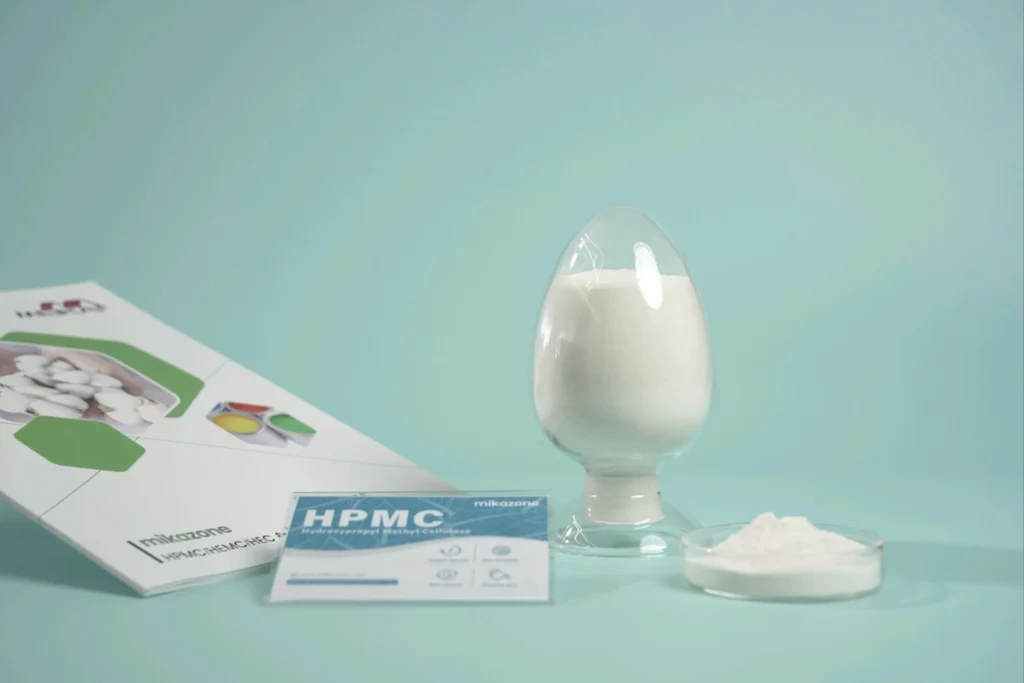
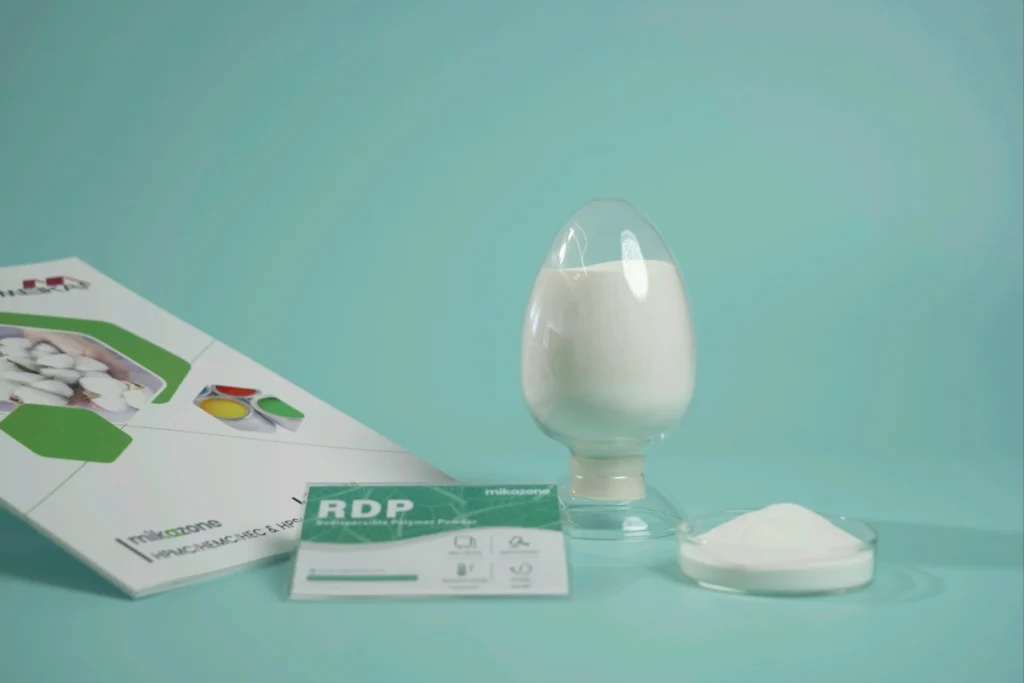
RDP greatly enhances the flexibility, bond strength, and water resistance of the cured mortar. It improves cohesion and reduces cracking during the drying and curing phases, leading to a more reliable final product.
Application-Specific Mortar Drying Timelines
Here are common scenarios answering “how long does mortar take to dry” sufficiently for the next step:
- How long does brick mortar take to dry?
Brick mortar is typically walkable in 24-48 hours. Full curing for load-bearing strength takes 21-28 days. Grouting joints can often start after 24 hours.
- How long does it take for tile mortar /thinset mortar to dry?
Thin-set mortar usually allows light foot traffic after 24 hours. Grouting can typically begin after 24 hours, but check the specific product instructions. Full curing takes 7-28 days.
- How long does it take for stone mortar to dry?
Similar to brick or tile, depending on the stone type and application (veneer vs. full bed). Surface dry 24-48 hours, light traffic after 3-4 days, full cure 21-28 days.
- How long does it take for Quikrete mortar to dry?
Quikrete mortars often contain accelerators. Surface dry time can be as fast as 30-60 minutes for some rapid-setting products. Always check the specific Quikrete bag instructions for walk-on and cure times.
- How long does it take for lime mortar to dry?
Lime mortars cure primarily through carbonation, which is much slower than cement hydration. Initial setting takes days, and full curing can take months or even years. Surface drying might occur in a few days.
- How long does it take for mortar sealant to dry?
This depends entirely on the sealant type (water-based, solvent-based, penetrating). Drying times range from 1-2 hours to 24 hours before light rain exposure, with full cure taking 1-7 days. Always follow the sealant manufacturer’s guidelines.
Conclusion
Understanding how long mortar takes to dry and, more importantly, cure is vital for project success. Rushing the process leads to problems. While environmental factors play a huge role, using quality additives like Calcium Formate, HPMC, and Redispersible Polymer Powder gives you significant control over setting times, workability, adhesion, and final mortar performance.
Why Choose Mikazone Additives to Optimize Mortar Drying Time?
As a dedicated manufacturer, we focus on delivering consistent, high-performance additives. With 3 factories, we deliver products directly with customized formulations and packaging.

Cutting-Edge Technology: Mikazone’s research and development team provides customized polymer solutions that address specific industry requirements.
Commitment to Excellence & Standards: Certified under ISO 9001 and REACH, Mikazone guarantees quality products through raw material selection and automated precision manufacturing.
Tailored Client Collaboration:
Mikazone provides personalized technical support and polymer formulations to align with each client’s project needs.
Through energy-efficient production and waste heat recovery, Mikazone reduces environmental impact while maintaining superior polymer performance.
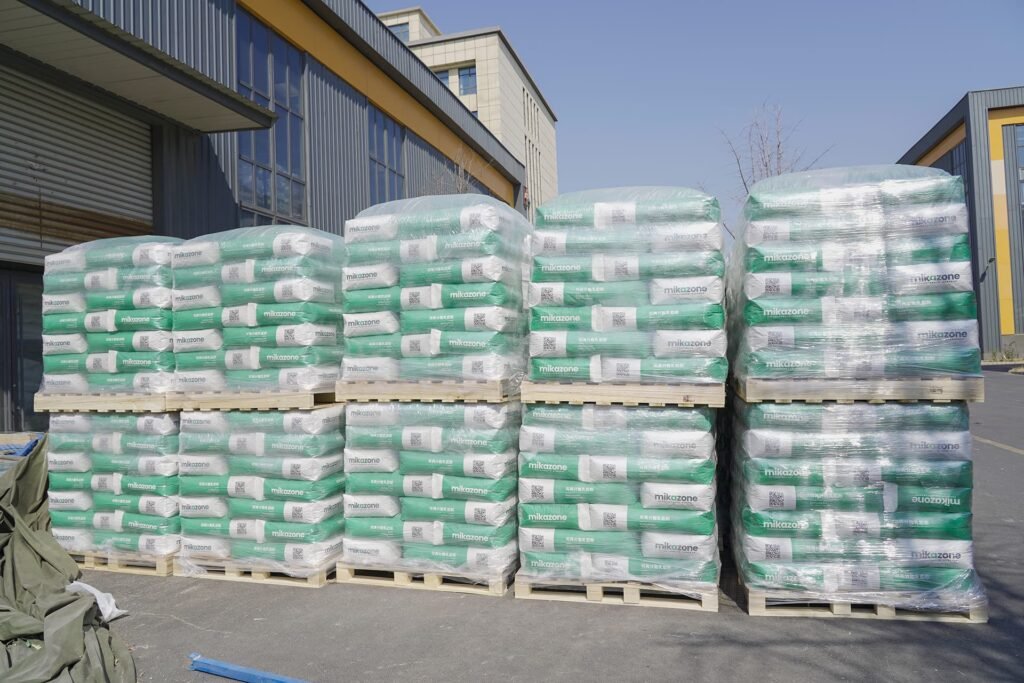
Stop guessing how long your mortar takes to dry. Discover how Mikazone premium Calcium Formate, HPMC, and RDP can enhance your mortar’s performance and efficiency. Contact us today to discuss your needs and request your FREE product samples! Experience the quality difference and streamline your projects.
Frequently Asked Questions
- How long does it take for mortar in hot weather conditions to dry?
Hot weather accelerates initial drying significantly. Surface drying can happen in just a few hours. However, rapid moisture loss risks poor curing, shrinkage, and cracking. Curing time might still be 24-48 hours for next steps, but shade the work, damp-cure frequently (misting), and avoid midday sun. Full-strength development might be faster than in cold weather if properly managed.
- How long does it take for mortar in cold weather conditions to dry?
Cold weather (below 4°C / 40°F) drastically slows down both drying and, critically, the curing process. Surface drying can take 48 hours or more. Curing times extend dramatically – expect several days before light traffic and weeks for sufficient cure. Protect mortar from freezing for at least 24-48 hours using insulated blankets or heated enclosures. Consider using non-chloride accelerators like Calcium Formate.
- Does rain affect mortar drying?
YES, absolutely. Rain falling on uncured mortar (less than 24-48 hours old, often longer) can wash out cement, weaken the surface, cause pitting, ruin the finish, and significantly compromise strength and durability. Always protect fresh mortar from rain for at least the first 24-48 hours, and longer if possible, using plastic sheeting or tarps. Ensure protection doesn’t trap excessive moisture against the surface.
